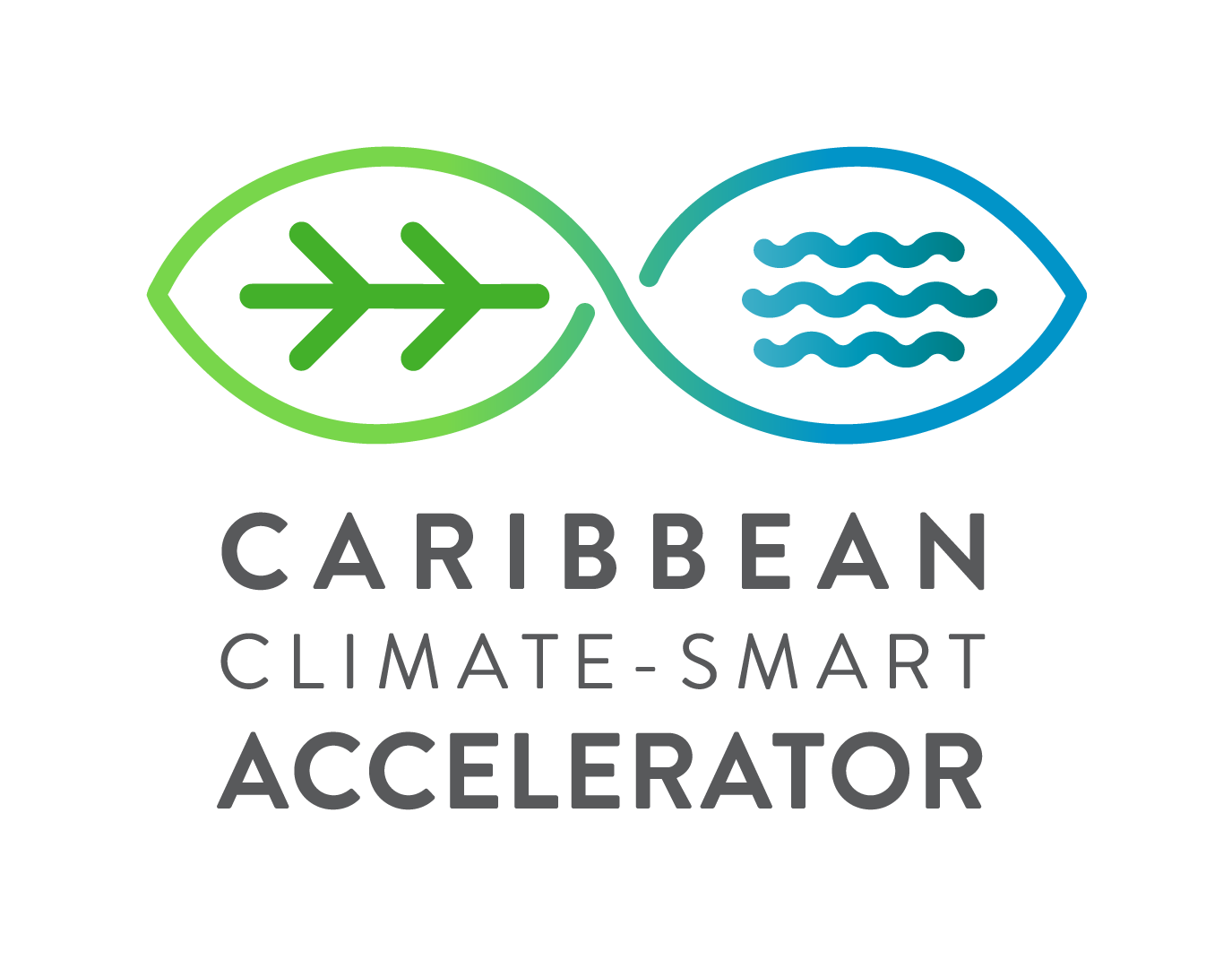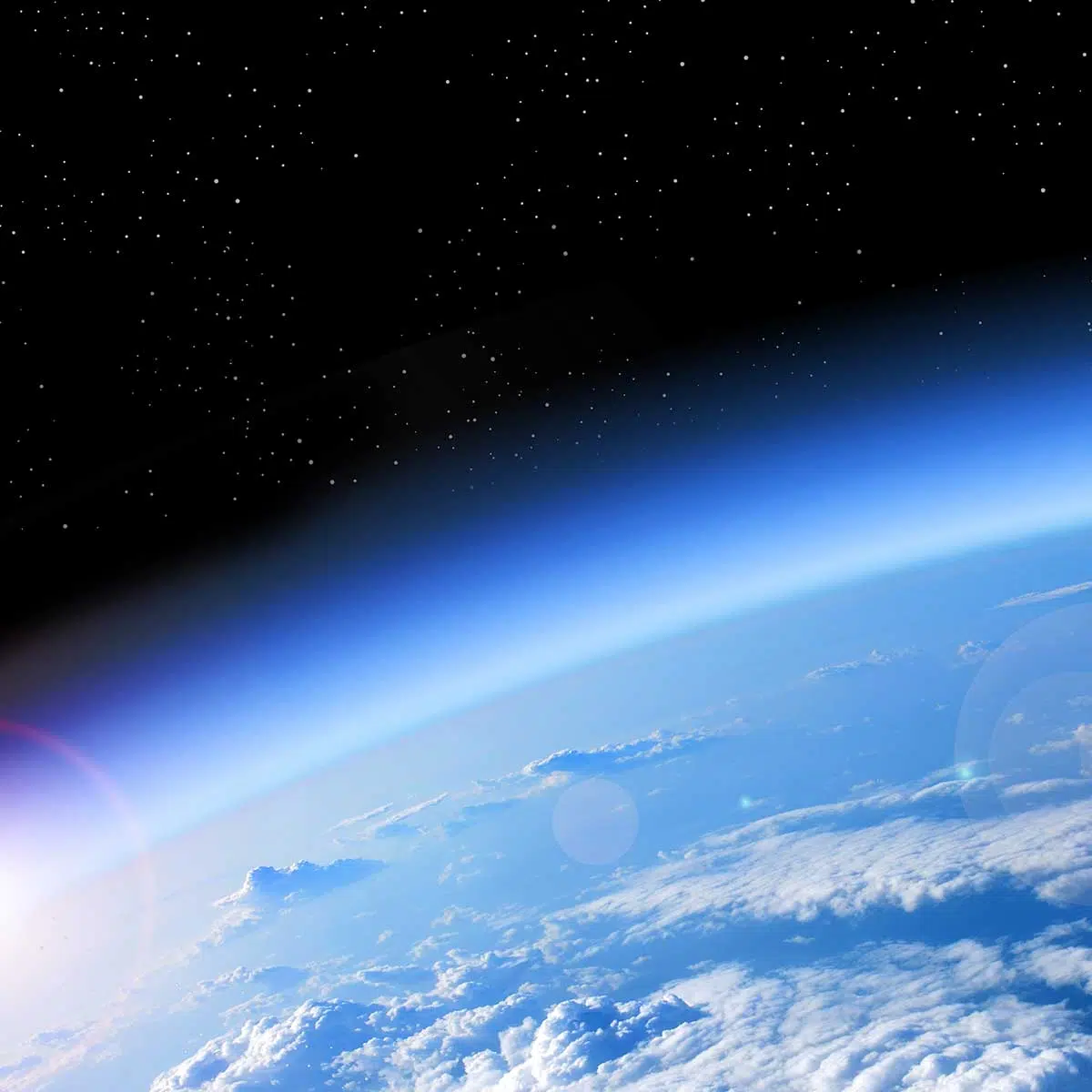The United Nations commemorates World Day for the Preservation of the Ozone Layer on September 16 each year.
Since the Montreal Protocol was adopted 35 years ago on the same date the world has acted decisively to limit the harmful chemicals that caused what was then described as a “hole” in the earth’s protective ozone layer.
This has been hailed as a stellar example for how global cooperation can prevent threats to our existence on earth. But our warming planet will also affect the efforts to protect the Ozone layer.
National Geographic Society defines the Ozone layer as a “thin part of the Earth’s atmosphere that absorbs almost all of the sun’s harmful ultraviolet light”. Specifically, it protects from UVB radiation which has been shown to endanger plant life and marine ecosystems, cause skin cancer and has been linked to development of cataracts, causing clouding of the lens of the eyes.
Climate change and the Ozone layer
It turns out that while greenhouse gases cause warming of our lower atmosphere, the main cause of climate change, they cause cooling in the upper atmosphere providing conditions for further Ozone loss.
Anna Jones, Interim Director of Science at British Antarctic Survey (BAS), the organization that first discovered thinning in the Ozone, pointed this out in an interview with UK Research and Innovation. She also said that, “Anything that we do to tackle global warming and climate change will reduce the cooling of the stratosphere, and that will help the ozone layer recover quicker.”
So, the race to limit temperature rise to within 1.5 degrees compared to pre-industrial levels is a race to survival of our planet and our human species on two critical levels. Global cooperation is just as urgent now, if not more so than it was 35 years ago.






